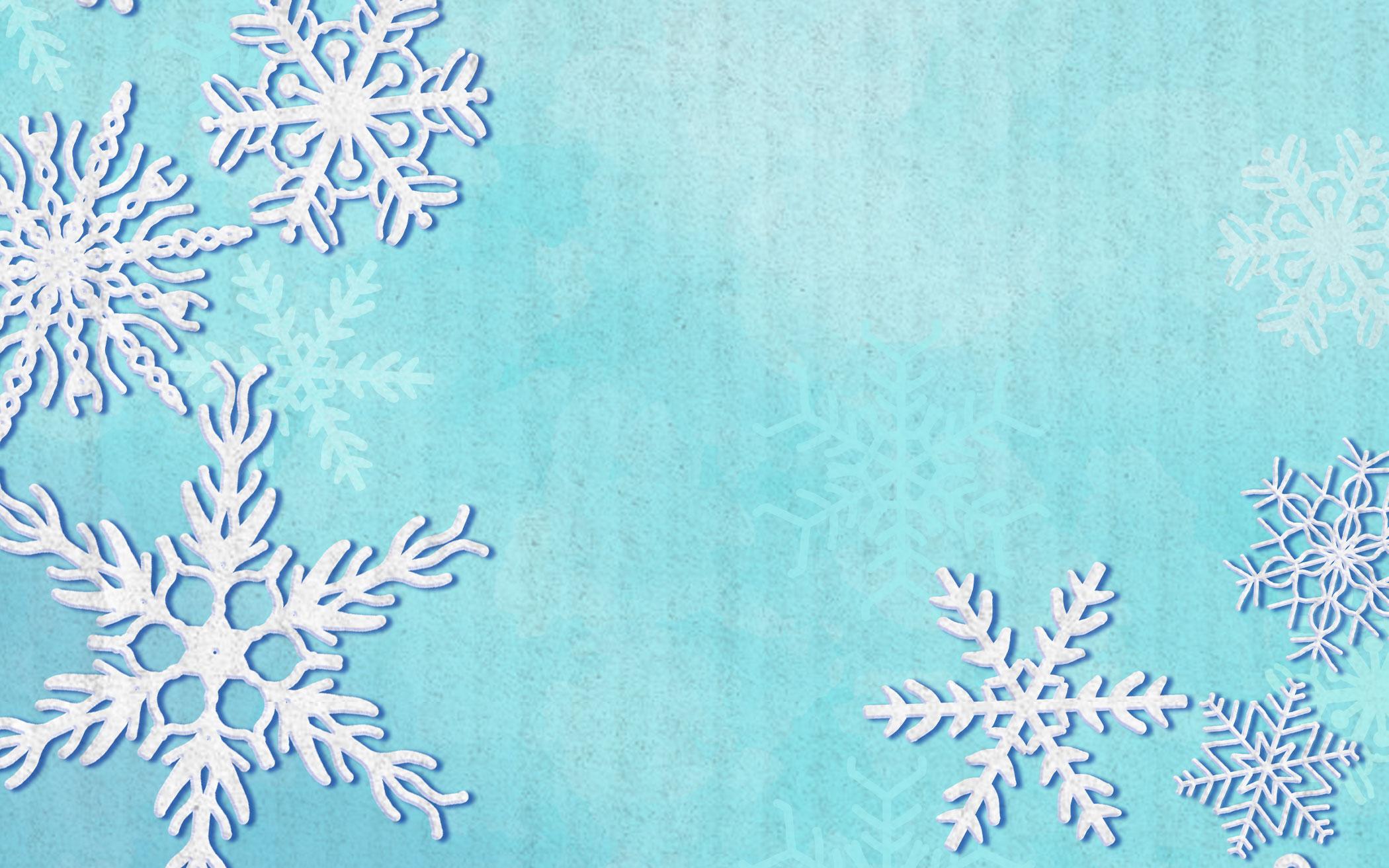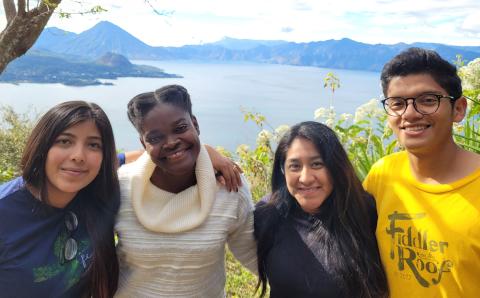I love snow. I even have a collection of snowflakes made of different upcycled material. I have wooden ones made from scraps of lumber, plastic ones made from milk cartons, paper ones made from toilet paper rolls, and metal ones made from charge cords. But none of them compares to the incredible beauty of the ones our Creator God makes each winter. How does God do it? That’s where the scientific process of observing, recording and reporting come in. Nature enthusiasts and scientists have been studying snow for a long time. You can too!
How Do You Describe Snow?
People in countries that are familiar with snow, such as Sweden, Canada, or Russia, have many different names for snow. You have probably heard of snowflakes (flat, six-sided crystals), slush ( sloppy, partially melted snow), or hail (tiny ice balls). But how about yis (the Witsuwit'en name for snow), graupel (small pellets of snow), or “diamond dust” (tiny ice crystals close to the ground on a clear day)? What are some names for snow where you live?
How Do Snowflakes Form?
Snow, of course, is frozen water. As very cold water droplets fall from a cloud, they attach to tiny pieces of pollen or dust and form crystals. These crystals always have six sides because of the structure of water. The specific shape depends on the air temperature and humidity. Scientists have noticed that long, needle-like crystals form at -5 degrees Celsius (23 degrees Fahrenheit), and plate-like crystals form at -15 degrees Celsius (5 degrees Fahrenheit). As each snowflake takes a different route to the ground, it is exposed to slightly different conditions at each turn, forming the uniquely beautiful and intricate shapes we see.
Become a Snow Scientist!
It’s easy to explore snow.
- When it is snowing, grab a piece of dark paper and see if you can catch some flakes. Look at the shapes and record the air temperature.
- Look at the snow on the ground. Can you pack some together to make a snowball, or does it fall apart? Does it look sparkly, like little crystals?
- Find a ruler and measure how deep the snow is. Are there layers? Is there a crust with different snow underneath? Can you see evidence of creatures living in and around the snow?
Don’t forget to add your observations to a nature journal using words, numbers, and/or pictures (wildwonder.org/store/p/nj-zine). Fill in the blanks for these three questions: I notice _______. I wonder _______. It reminds me of ________.
About the Author
Cindy Verbeek lives in Houston, B.C., where she works for A Rocha Canada. She has been working on creation care issues since 1993 and is a member of Telkwa Community Church.









